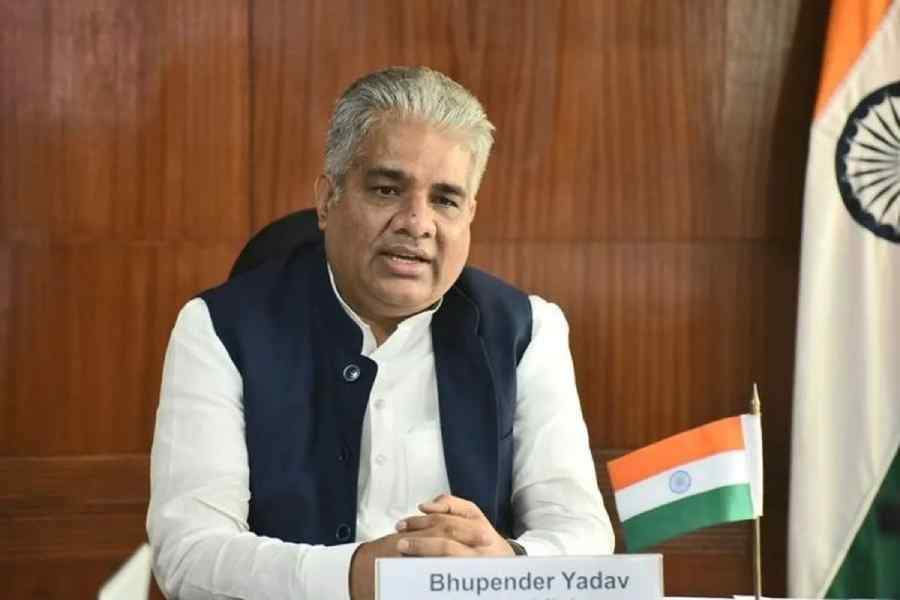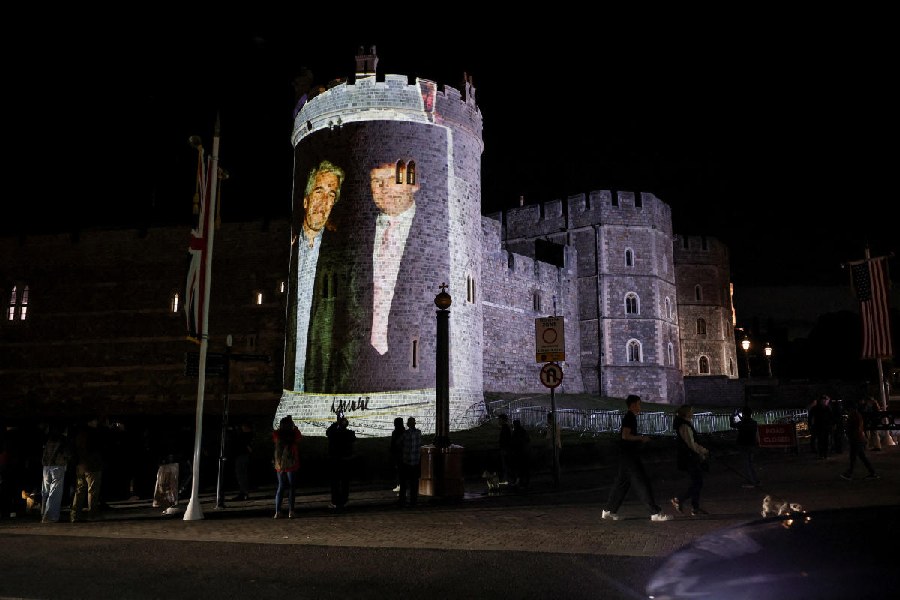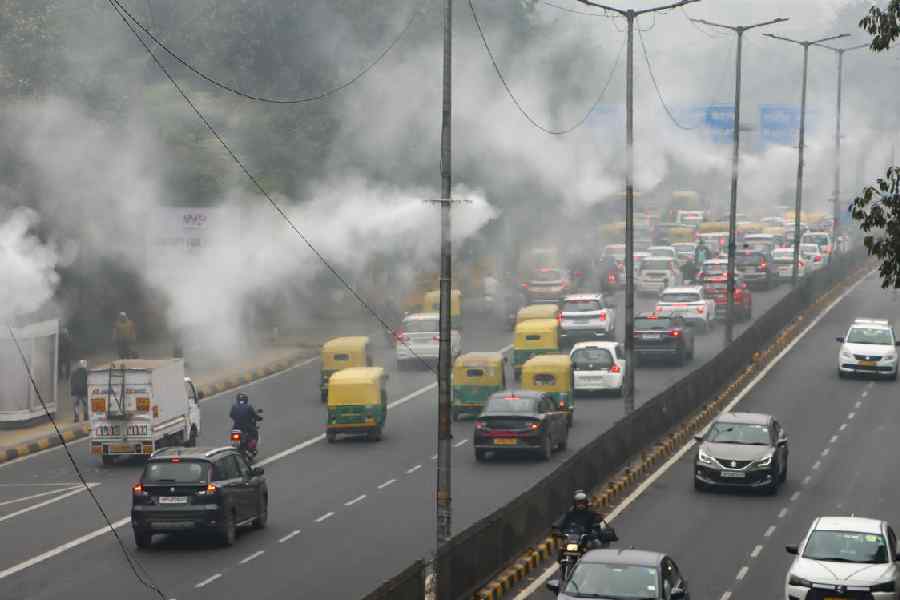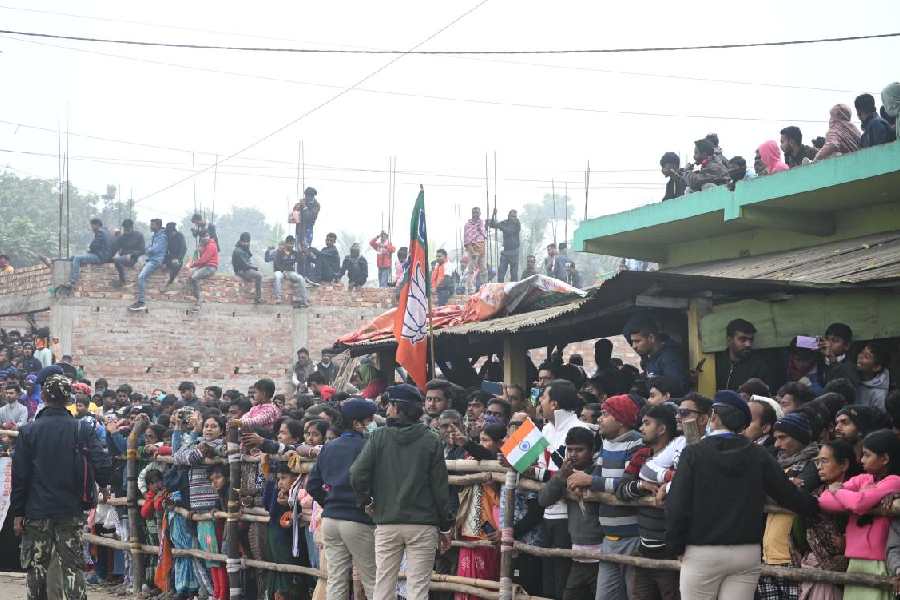
Photo: Rupinder Sharma
It was a royal dwelling that had fallen on hard times. Bikaner House, in the heart of Lutyens’ Delhi, was best known for decades as the bus terminus from where to catch the Rajasthan State Transport buses to Jaipur. Now, it’s been restored to its regal splendour and the game plan is to turn it into one of the capital’s art and intellectual hubs.
The moving force behind the glittering refurbishment has been Rajasthan Chief Minister Vasundhara Raje Scindia, who figured that the majestic building on the India Gate circle deserved a better fate than being a government office-cum-bus stand. Scindia called in one of the country’s top conservation architects Abha Narain Lambah to carry out the job. Says Lambah: “The chief minister wanted this important colonial building to be developed and restored as the state government’s calling card.”
The spacious reception room with its high ceiling and wooden floors has been reborn as a conference hall for book launches and lectures. “The idea is that this is a public building, so we need to give it back to the public,” says Priya Pall the curatorial director at Bikaner House. She was the Indian Art Fair’s curator in 2009.

A second reception room has been turned into a gallery for art shows and similar events.
Built in the 1930s, Bikaner House was one of five princely buildings around the India Gate circle in the very heart of the sparkling new capital. The large mansions were designed for the country’s 21-gun-salute and 19-gun-salute royals, who needed a dwelling in the capital when they came for meetings of the Chamber of Princes.
Of the other houses on the India Gate circle, Hyderabad House, the part-time home of the hugely rich Nizam, is where the government hosts its official banquets. Then, nearby Jaipur House is the home of the National Gallery of Modern Art. Baroda House, on a very different note, is the home of the Northern Railways and Patiala House — which was in the news recently — is the home of the New Delhi district courts.
For Lambah the work was all about ripping out the depredations and additions of the last few decades. She slogged for 10 months to restore the building but ensured that it was a light-handed job. “There were hanging tube-lights, aluminium and steel partitions and pan stains,” says Lambah. Lawyers sat in the courtyard with stacks of files and steel almirahs.


Photo: Rupinder Sharma
The structure had also suffered over the years and there was damp rising from the ground and a leaky roof. Some of the chajjas (small balconies) were hanging precariously and had to be strengthened. A limestone-based paint was used both on the exterior and the interior to combat dampness.
Bikaner House’s sprawling eight-acre grounds have also been given a new look. Says Lambah: “The concrete tiles in the gardens were alien to Rajasthan. We replaced these with sandstone tiles. White marble was laid out as gravel in the garden.”
Lambah also planted white flowering plants that will bloom throughout the year. “We planted champa (plumeria) and bougainvillea in white, which added to the building’s charm,” she says.
Pall also has grand plans for the garden. “We’re going to start performing arts programmes in the amphitheatre on the back lawns. We’ll also do film screenings,” she says.
Only parts of Bikaner House have been opened to the public. But it also has the Rajasthan CM’s office on the ground floor and the resident commissioner’s on the first.
Among other attractions is Vayu, a shop run by designer Vivek Sahni and coming up are a café as well as a fine dining restaurant serving Rajasthani cuisine. “People can come and see an art exhibition, buy coffee and sit outside and read,” says Pall.
So far this is only the beginning for Bikaner House but already it’s evident how a sensitive restoration can bring a grand building back to life.











